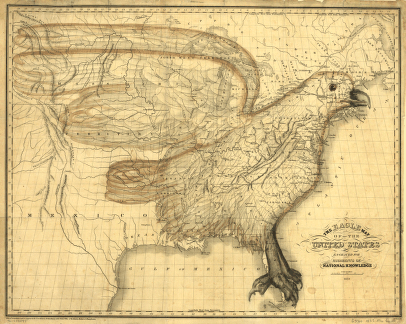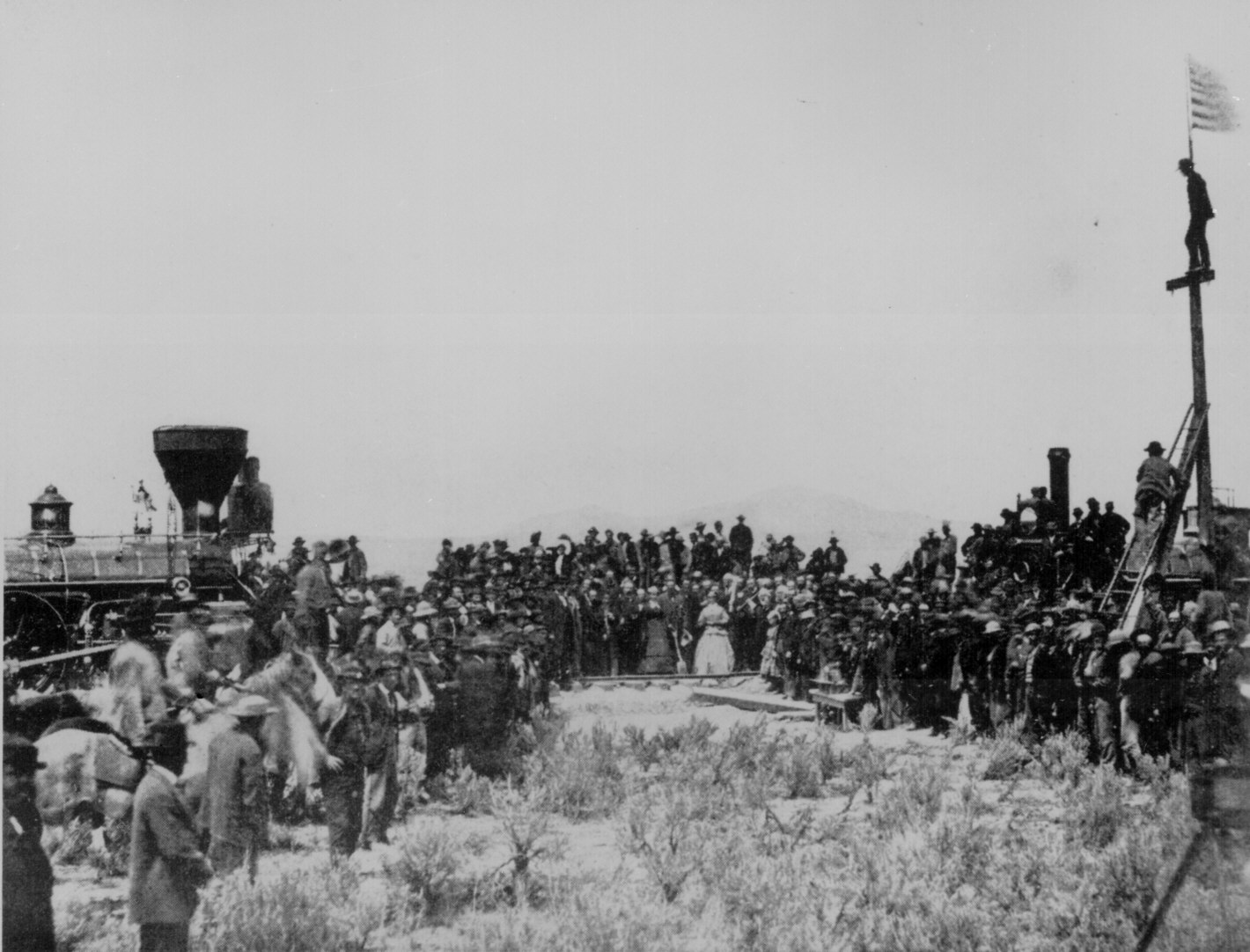|

Eagle
Map of the United States,
created by E.L. Carey & A. Hart, Philadelphia,
ca. 1832.
Courtesy of the Library of Congress Geography and Map Division
|
Questions to
consider:
1. How did the French Revolution affect the development of the American
republic?
2. What factors led to the Louisiana purchase in 1803?
3. What factors led to war with Britain in 1812?
4. How was westward expansion justified in this period?
5. How did Americans percieve relations with Mexico in the early nineteenth
century?
6. What strategies were used by Americans to deal with the presence of
Indians?
7. What role did slavery play in American foreign relations in this period?
Map
1: expanding national boundaries, 1783-1861
Map 2: admission of new states, 1803-1912
Primary sources
Debate
in Congress over the War of 1812
Introductory
Reading
Francis
D. Cogliano, "An Empire of Liberty, 1801-1815", ch. 8 of Revolutionary
America, 1763-1815: A Political History (2000), pp. 161-181
John M.
Murrin, "The Jeffersonian Triumph and American Exceptionalism", Journal of the Early Republic, 20: 1 (2000): 1-25
Further Reading
Donald Robinson,
Slavery in the Structure of American Politics, 1765-1820, (1971)
Mathew
Mason, Slavery and politics in the early American republic (2006)
Don
E. Fehrenbacher, The Slaveholding Republic: An Account of the United
States Government’s
relations to slavery (2001)
Malcom J. Rohrborough, The Trans-Appalachian Frontier: People, Societies
and Institutions, 1775-1850 (1978)
John Mack Faragher, Women and Men on the Overland Trail (1979)
Robert V. Hine and John Mack Faragher, The American West: A New Interpretive
History (2000)
Robert F. Berkhofer,
The White Man's Indian: Images of the American Indian from Columbus to the Present
(1978)
Gordon S. Wood,
, ‘The
Significance of the Early Republic’, Journal of the Early Republic 8
(Spring, 1988), 1-20
Websites
Meeting
of Frontiers -- comparative Russian/American expansion, Library of Congress
web site
The
First American West: The Ohio River Valley, 1750-1820, Library of Congress
web site
|
